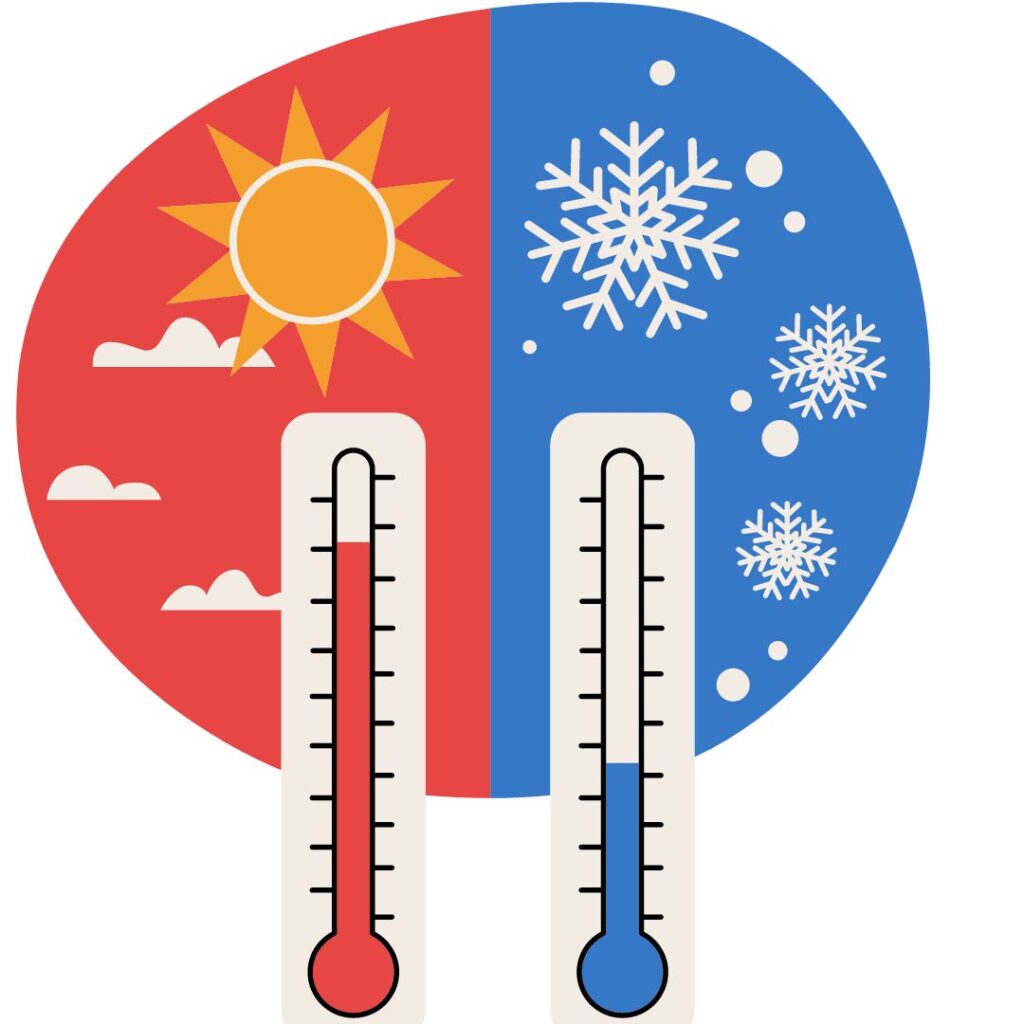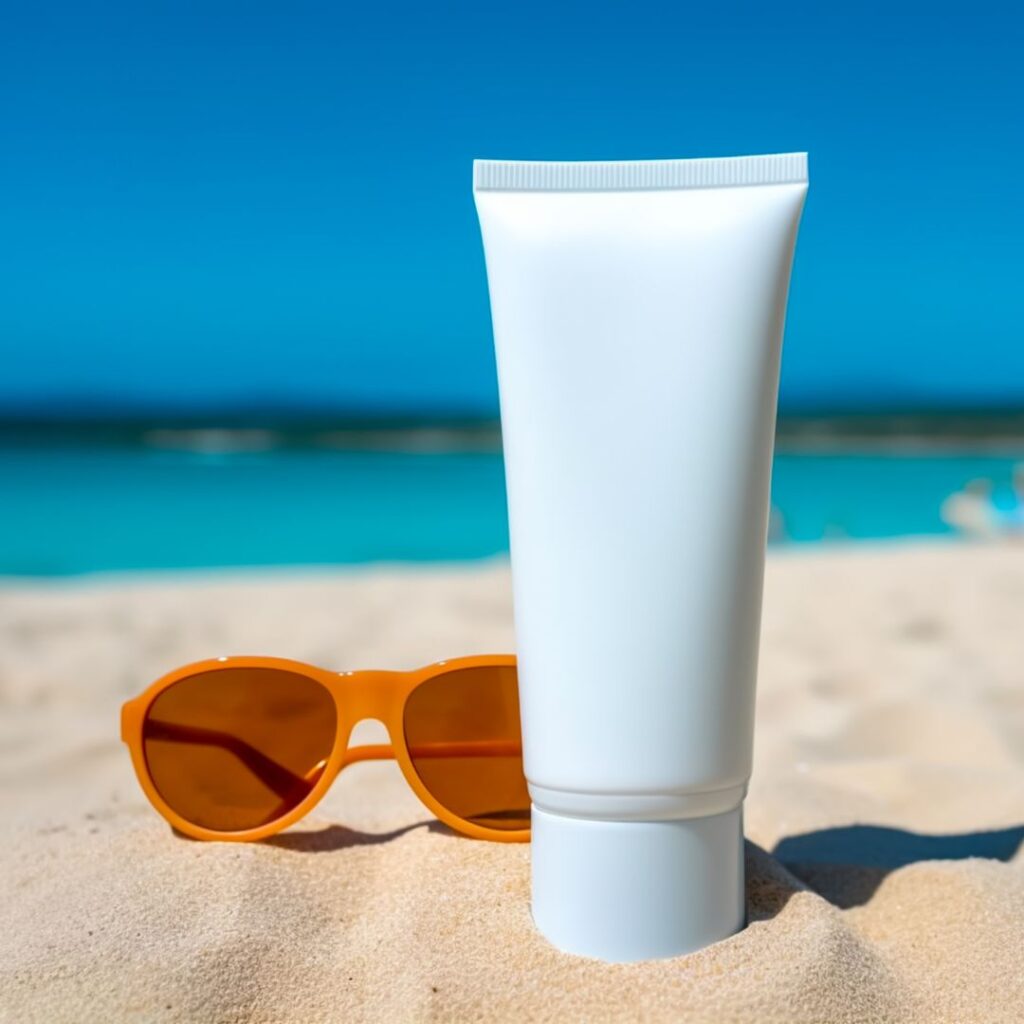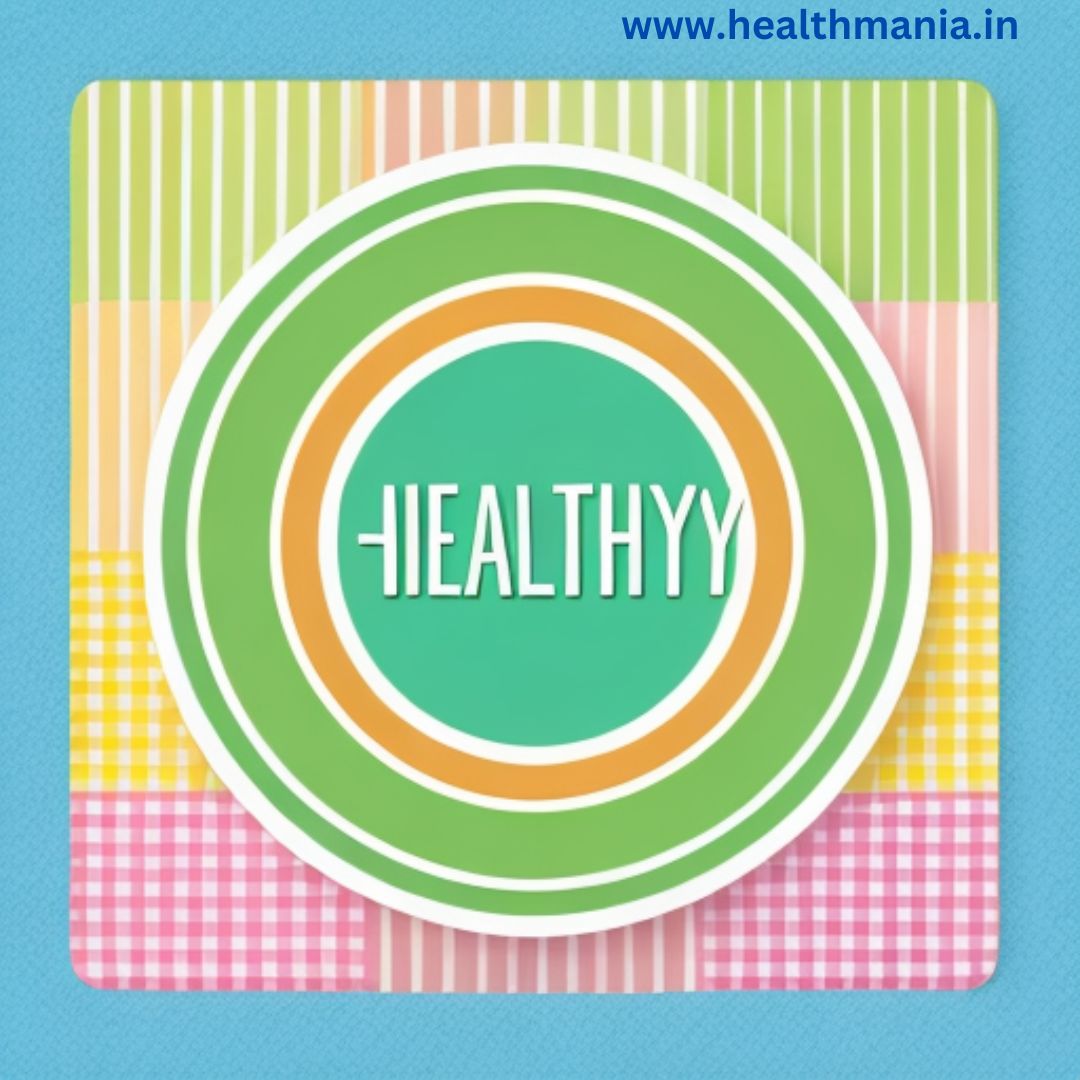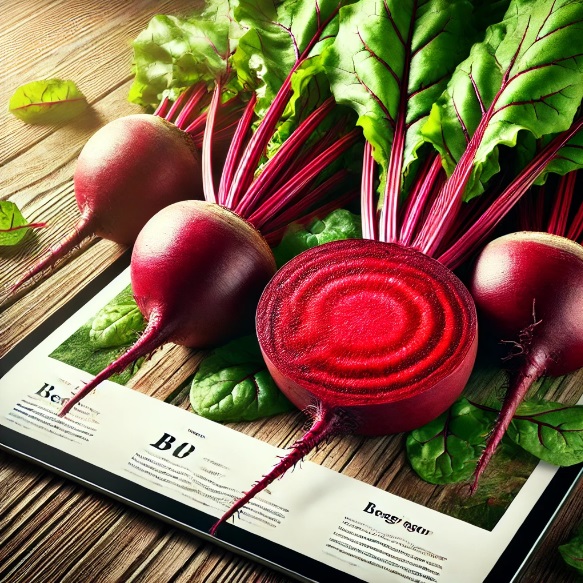In order to avoid heat-related ailments like heat exhaustion, it is imperative that people stay safe during high temperatures.
The risks of working outside in the heat rise as summer draws near and the days lengthen. Heat stress injuries and heat stroke can be avoided by being aware of appropriate work practices during hot weather. The most dangerous heat-related illness, heat stroke, is brought on by the body’s inability to regulate its temperature. If emergency care is not received, heat stroke can result in death or lifelong impairment. The body temperature can increase to 106 degrees Fahrenheit or higher in as little as 10 to 15 minutes. Heat cramps, heat rash, and heat exhaustion are further heat-related illnesses.

The following advice will help you remain composed and safe:
Hydration :
1. Drink Plenty of Fluids:
How much water ought one to consume daily? There is no clear answer to this question.
Over the years, studies have produced a variety of recommendations. However, a number of variables, such as where you live, how active you are, and your health, will determine how much water you actually need.
No one formula works for everyone. However, understanding your body’s requirements for fluids will help you determine how much water you should consume each day.
You lose water every day through perspiration, bowel motions, urine, and breath. You must refill your body’s water supply with foods and beverages if you want it to function properly.
So what is the typical fluid need for a healthy adult residing in a temperate climate? According to the National Academies of Sciences, Engineering, and Medicine of the United States, a sufficient daily consumption of fluids is:
For men, around 15.5 glasses (3.7 liters) of fluid every day.
For women, around 11.5 glasses (2.7 liters) of fluid every day.
These guidelines apply to liquids from food, drink, and other sources. Foods account for about 20% of the daily fluid intake, with beverages making up the remaining amount.
2.Electrolyte Replenishment:
Your body needs electrolytes, which are minerals, in order to function. Because they have an electric charge, they are known as electrolytes.
The body contains a number of common electrolytes, including:
Chloride : equalizes the fluids within and outside of cells
controls blood pressure.
Magnesium : improves the function of muscles and nerves
enhances and fortifies your teeth and bones.
Phosphorus : enhances and fortifies your teeth and bones
improves the function of muscles and nerves.
Calcium : enhances and fortifies your teeth and bones
facilitates the contraction of muscles and nerve signals
promotes blood pressure stability.
Sodium : maintains fluid balance both inside and outside of cells.
controls blood pressure and aids in nerve signal transmission.
facilitates the contraction of your muscles.
Potassium: aids in delivering nutrients to your cells
helps your heart, among other neurons and muscles, to work
boosts your metabolic process
Electrolytes are created by your body and obtained from diet. To maintain excellent health, you require specific daily intakes of electrolytes.
Clothing and Sun Protection:
In the summer, light-colored, cotton clothing is recommended. Cotton is a good water-absorbing material. Summertime sweating causes cotton clothing to collect perspiration from the body and expose it to the air, hastening the process of evaporation.
When choosing summer clothing, we need to make sure the material is both highly breathable and robust, as well as allowing for greater air circulation. Wearing airy, light-colored clothing is always a good idea in the summer. since light-colored clothing doesn’t absorb heat as well. Cotton, khadi, sheer, and linen are the materials that are frequently used to manufacture summer clothing.
Cotton : The most popular summer clothing material is cotton. It is hypoallergenic and sustainably produced by nature. Large pores are present in it. Thus, it permits air circulation and may effectively absorb perspiration from the body. It is light and breathes well.
Linen : In the summer, linen is also the best option. It is woven loosely and is stronger than cotton. Because of the big pore size, it also absorbs perspiration readily.
Rayon : Rayon and cotton have comparable qualities. However, compared to cotton, it is reported to absorb more moisture. It can be worn in warm temperatures and humid situations. It offers you an opulent appearance and is incredibly soft and breathable.
Khadi : In the summer, Khadi textiles also help to cool our bodies. These materials are completely safe for the body and do not trigger allergies. This natural fiber is hand-spun and incredibly breathable. On all exposed skin, especially around your nose, ears, neck, hands, feet, and lips, liberally apply sunscreen.
At least every two hours, reapply. If you’re perspiring or swimming, apply more frequently. (To cover the body uniformly, an average-sized adult or child needs at least one ounce of sunscreen—roughly the equivalent of filling a shot glass.)
Wear a hat or apply sunscreen to the top of your head if you don’t have much hair.
No sunscreen can totally shield the skin from UV rays. Thus, additional safeguards like wearing protective apparel, donning sunglasses, and seeking shade are required.
There is no waterproof sunscreen. For information regarding your sunscreen’s water resistance and advice for reapplying it if you plan to sweat or go in the water, check the instructions that came with it.
3. Wear Hats and Sunglasses:
Wear a hat with a wide brim to shield your neck and face.
Put on UV-blocking sunglasses to keep your eyes safe.

Environment and Activities:
Remain Indoors When It’s Hottest:
During the hottest portion of the day, which is usually between 10 a.m. and 4 p.m., try to stay inside.
If you must be outside, stop frequently to rest in a cool spot or the shade.
Make Use of Air Conditioning and Fans:
To chill your house, use air conditioning or fans.
If you don’t have air conditioning, think about hanging out in air-conditioned public spaces like malls, community centers, or libraries.
Chilled Baths and Showers:
To assist in lowering your body temperature, take cold baths or showers.
Physical Activities:
Limit Exercise:
Steer clear of physically demanding activities while it’s the hottest outside.
If you must exercise, go at a cooler time of day, perhaps early in the morning or late in the evening.
Pay Attention to Your Body:
Watch out for symptoms of heat-related ailments, such as nausea, headaches, and dizziness or cramping in the muscles.
If you feel any symptoms, stop everything you’re doing and find a cooler place.
Extra Attention to Detail
Verify Vulnerable Persons:
Due to their increased vulnerability to heat-related problems, keep a watch on the elderly, young children, and people with chronic conditions.
Animals:
Make sure your pets have access to cold water and plenty of fresh water. Never let them stay in a moving vehicle.
Acknowledge Illnesses Caused by Heat:
Heat Fatigue:
High body temperature (over 103°F), hot, red, dry, or moist skin, a strong, fast pulse, and possibly unconsciousness are some of the symptoms.
Dial 911 right away. Put cool clothes on, move the individual to a colder area, and, if the person is unconscious, do not give them fluids.
You can contribute to keeping yourself safe and healthy during hot weather by paying attention to these suggestions.




